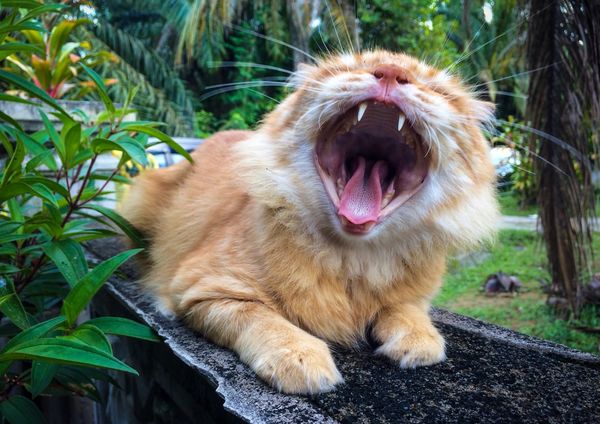"How Do I Say That Again?"-Refining Pronunciation
Pronunciation makes me think of a warm up that many actors and singers do:
and it makes sense because pronunciation, those parts of your face and some muscle memory are all closely related. In the first language that we learn, we developed specific ways of moving our jaw, tongue, teeth and lips to produce sounds. This makes sense considering that languages using a Roman alphabet have different pronunciations for even some vowel sounds because in reality, we may make different movements to produce the sounds of a,e,i,o,u.
Really, just listening to a native speaker is not enough. Besides working with a great teacher like me (shameless plug), here are a few tips for starting off with refining your pronunciation:

1. Isolate and produce short vowel sounds in your native language and English. Feel the changes in movement of tongue and shape of mouth. You'll probably feel silly and like it is exaggerated. That's ok. Look in the mirror while you do this. Try repetition of words with same isolated vowel sounds. This work can continue with dipthongs, digraphs and other sounds too.
Example:
- sand, dance, have, ample

2. Associate and Differentiate sounds that may seem similar when learning English.
Example:
- eat vs. it
- seek vs. sick
- least vs. list

3. Make pronunciation groups using knowledge of vowel spelling patterns to reinforce sounds. Having a visual reference point for how the word looks will help create a stronger memory of how to pronounce it.
Example:
- long A= a_e . ai . ay . ei . ey . (end of syllable TAble) etc..
This list is meant to be a starting place if you are getting really serious about pronunciation. I look forward to hearing from you if you'd like to work on this together.
Happy Practicing!
٣ تموز يوليو ٢٠١٩





